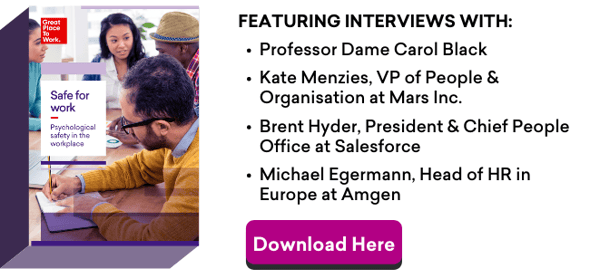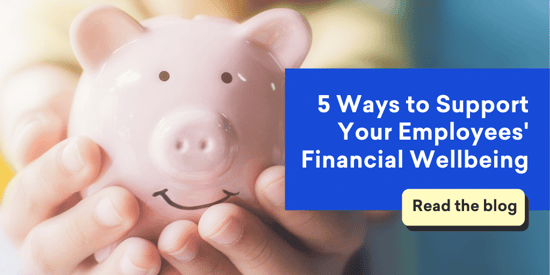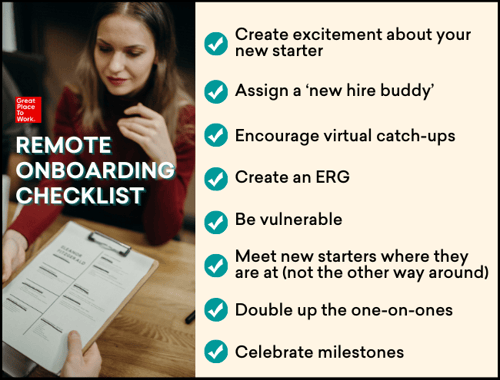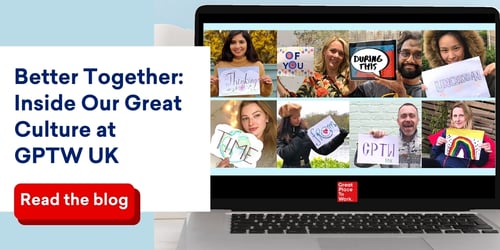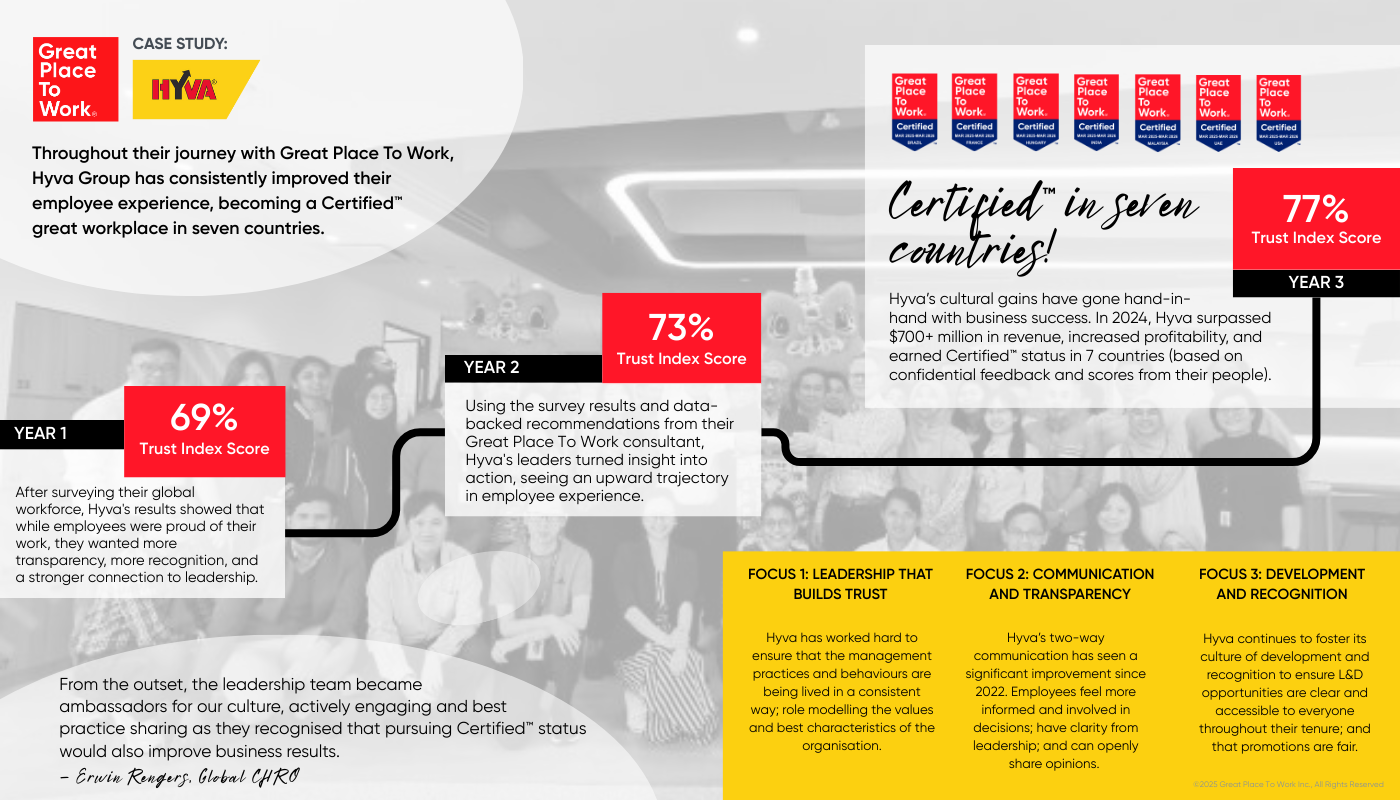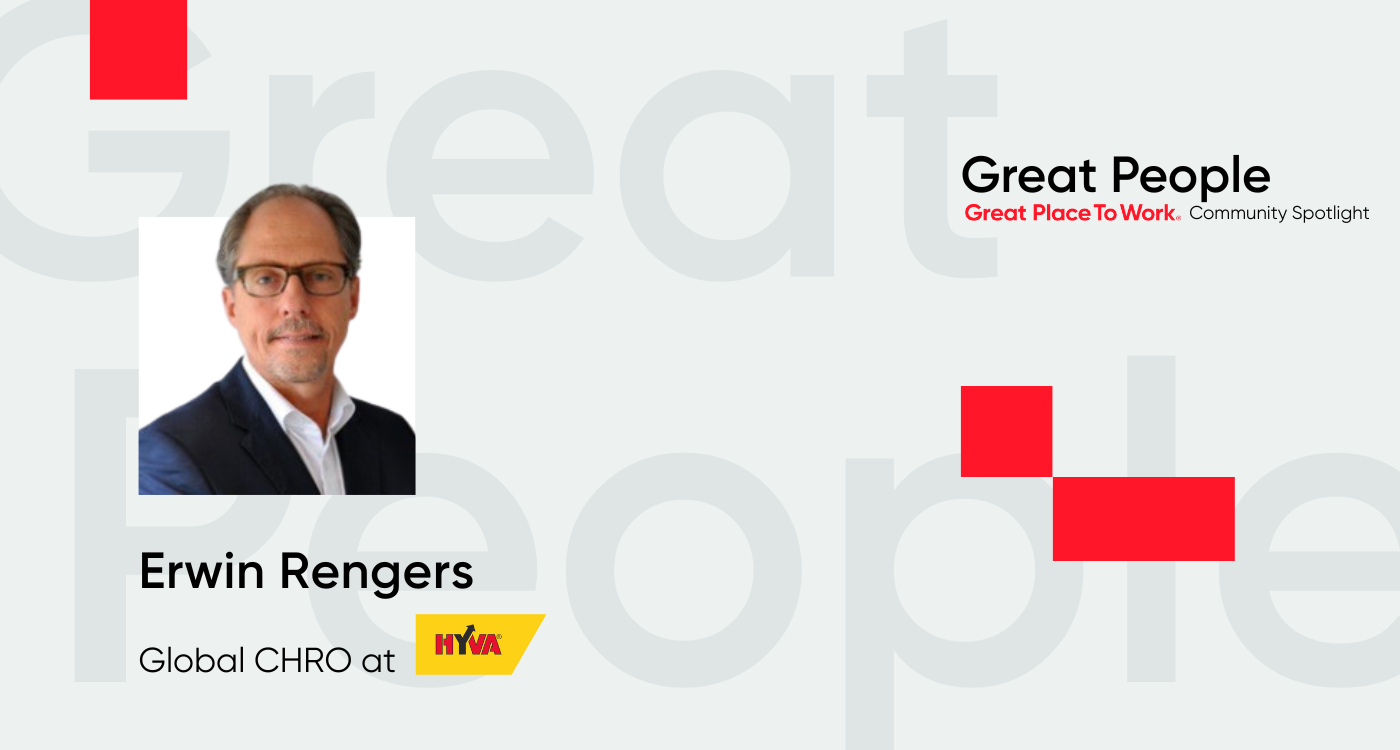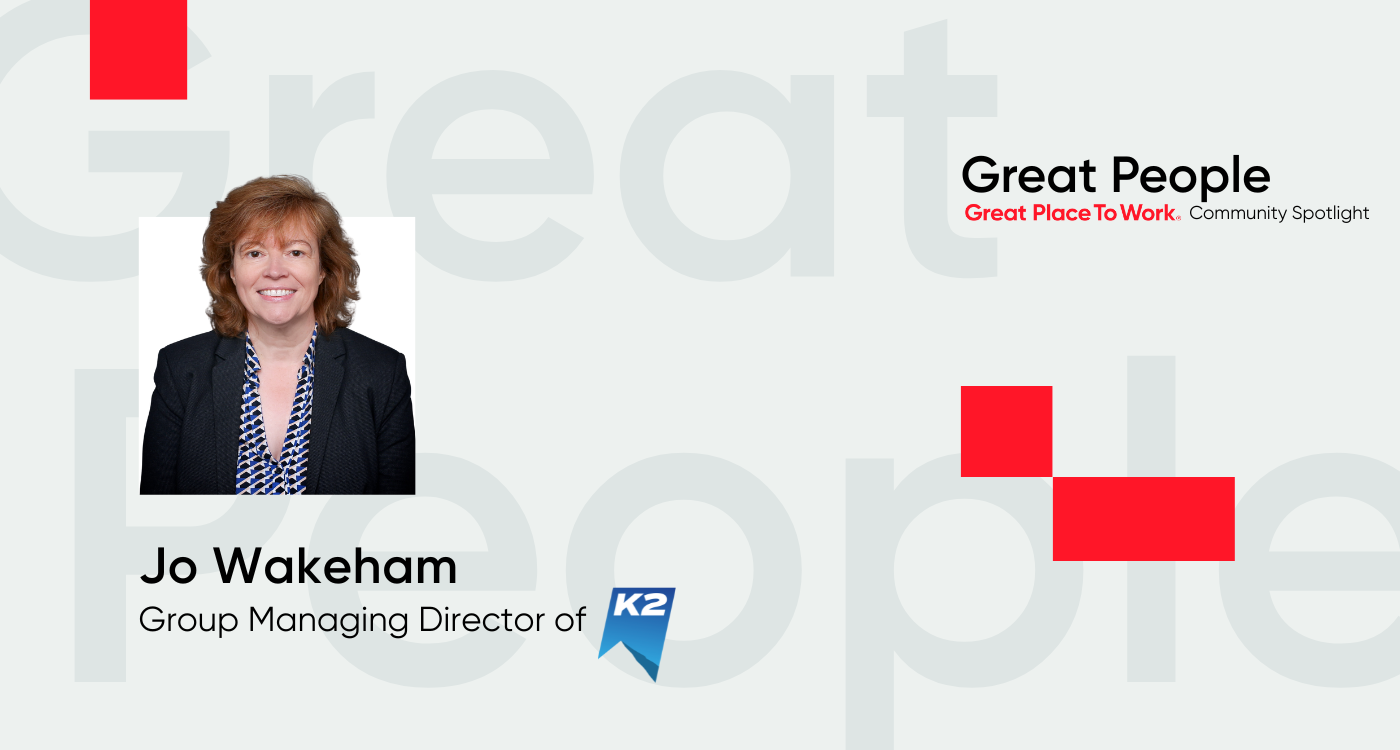Leading with empathy and prioritising trust and wellbeing are key HR trends for 2021. Share these 5 resources with your team and middle managers to start the new year strong.
For many of us, this was not the start of 2021 we were hoping for. But even with the Brexit transition period and coronavirus pandemic likely to continue into the spring, it’s not all doom and gloom.
Since last January, many of us have become experts in navigating uncertainty and disruption, crisis management, and adapting to a multitude of erratic changes we experienced throughout last year. This means you likely hold much of the practices and resources needed to tackle the challenges coming your way in 2021.
Not sure which ones to prioritise? Here are 5 tips and tools we think can help give your organisation a competitive advantage during the first quarter of 2021:
1) Lead with Empathy
Businesses who treat their people better, do better. After all, prosperity stems from the human ingenuity that our people bring to work. It’s also this same ingenuity that will allow HR leaders to reformulate the employee experience in 2021.
Employees returning to work in January will have experienced varying levels of trauma in or outside of work last year. Isolation from prolonged remote working; not being able to say a proper goodbye to colleagues who left or had been made redundant; the ongoing burden of childcare or other caring responsibilities…there are countless emotional wounds that employees will carry with them into work this month. HR teams can help by developing programmes that create opportunities for bonding, warm engagement and regular active listening. Which brings us to our first tool:
TOOL #1: LESSONS FOR LEADERSHIP WEBINAR
Watch our webinar with Kerry Berine, Group People & Learning Director at The Sovini Group below (or read our 5 takeaways from the session here):
From April to June 2020, our team at Great Place to Work® UK conducted a unique COVID Care Survey to understand the impact that Covid-19 was having on UK-based employees and organisations. Looking at results from over 14,200 respondents in 65 companies, our data shows that empathy and trust remain imperative to a positive employee experience and great workplace culture.
The leaders who saw the least disruption in 2020 were those who displayed genuine care for their people's wellbeing; were understanding to their employees' needs; and fostered a sense of respect, openness, and togetherness.
Ranked third on our 2020 Europe’s Best Workplaces™ List (Large category), The Sovini Group has been an exemplar of empathetic leadership. Click the video above to see some of the best practices that lead to their success.
2) Prioritise Trust
Trusting and caring for those on your team, and feeling it in return, is what drives exceptional performance. A high-trust culture has also been critical to UK’s Best Workplaces™ maintaining an edge over their competitors. As Michael Bush, Global CEO of Great Place to Work®, explains:
“We know from research that if somebody goes to work and feels that they are going to be taken care of, they are going to do much better at work. That’s what causes somebody to double check or triple check their work. It’s not the hourly wage, it’s not stock options. Exceptional work comes from people caring.”
TOOL #2: ‘SAFE FOR WORK’ RESEARCH REPORT
Intertwined with trust is psychological safety. We can’t talk about one without the other, so ensuring that our employees feel safe (both physically and psychologically) should continue to be high on the priority list for HR leaders this year.
Arguably, the physical dimension of safety will take a back seat to the emotional hurdles felt by employees. “Let’s not forget furloughed workers and their eventual return to the workplace,” says Professor Dame Carol Black, who recently shared with us her views on the impact of psychological safety in the workplace:
“After being out of the market for four months or more, you start to become deconditioned. It’s not unusual for returning employees to have doubts about their capabilities.”
These returning employees may also feel less physically and mentally attuned to going to the workplace, Dame Black explains. “A good employer, in a good workplace, with good leadership and trained line managers, will have a much better chance of helping their people.”
You can read more from Professor Dame Carol Black, Michael Bush and others in our Safe for Work report here.
3) Talk About Money
January is typically one of the toughest months of the year. How openly can you talk about money in your organisation? Has this improved or lessened during periods of remote working? Asking yourself these key questions will be central to building a healthier financial wellbeing culture for your employees.
Within workplaces, a culture of financial wellbeing is reflected by the initiatives, visibility and empathy around financial support. We’re not talking about generosity of salaries or suggesting you know intimate details about how employees use their pay. This is about how you, as an employer, can support your people towards feeling more secure, in control of and even unconstrained by their individual financial situation.
Employees who have adequate financial wellbeing will have a more positive outlook and feelings about their personal financial situation – even in a crisis.
TOOL #3: SUPPORT EMPLOYEES’ FINANCIAL WELLBEING
The start of the new year is an ideal time to acknowledge the personal financial issues experienced by your people. In doing so, HR and leadership teams will further cultivate trust and ultimately develop a better employee experience for all.
4) Effective Line Management
Let’s face it: “culture” can sometimes feel like a cop-out because the term can appear vague and unquantifiable. But through our unique diagnostics, our clients are able to measure their employee experience and benchmark it internally and externally to continuously make gains in the right direction.
Middle managers, for example, have a significant influence on employees’ behaviours and attitudes towards their work, their leaders and the organisation. Pre-Covid, many workplaces belonging to the gaming and tech industries had long been adept to remote working – and found innovative ways to infuse great culture across the airwaves.
Some impressive results achieved by our 2020 UK’s Best Workplaces™ in Tech include:
- 83% of employees at Best Workplaces™ in Tech agree that “management’s actions match its words” (vs. 63% in unrecognised companies);
- 84% believe “management genuinely seeks and responds to suggestions and ideas” (vs. 67% in non-list makers);
- 91% of non-white employees in these recognised tech companies believe that people are treated fairly, regardless of their race or ethnic origin;
TOOL #4: IMPROVE YOUR REMOTE MANAGEMENT
Gathering perspectives from over 100 million employees globally over the last 30 years, we’ve seen that leaders and companies who intentionally and consistently show effective leadership will improve both internal metrics (like employee retention) and external ones (such as financial performance).
You can read our 7 practical ways HR leaders can help line managers to improve their leadership and build a better employee experience for their remote workforce here.
5) Give New Starters a Great Experience
Businesses fortunate enough to be hiring during January will be faced with a new challenge: 100% remote onboarding.
First impressions are lasting, so during this period of isolation in so many other areas of life, focus this time on finding ways for employees already in the business to connect with your remote new starters. These newbies will then have an unforgettable onboarding experience in a space they look forward to logging into every day.
TOOL #5: REMOTE ONBOARDING CHECKLIST
Humans are built for social interaction. We need it to learn and grow in our interdependent world, including at work. Since interactions add colour, richness and a sense of connectedness to all company cultures, organisations who infuse great culture into onboarding interactions will have a competitive advantage over others.
Read our detailed outlines of the 8 ways you can create a great remote onboarding experience here.
Need help measuring your employee experience?
Easily administer employee surveys and see results, analysis and actionable insights in real-time using Emprising™
Recommended for you
Great Place to Work® specialises in helping organisations build impactful workplace cultures. We are here to help support our clients during this period of uncertainty. If you are a client, please reach out to your Account Manager who can share the tools we have in place to enable workplaces to measure and understand their current employee sentiments. If you are not a current client, stay tuned to our blog posts, Twitter, LinkedIn and publications for people practices, advice and thought leadership on how best to navigate this unprecedented time.
To learn more about our employer recognition programme, please visit this page.



